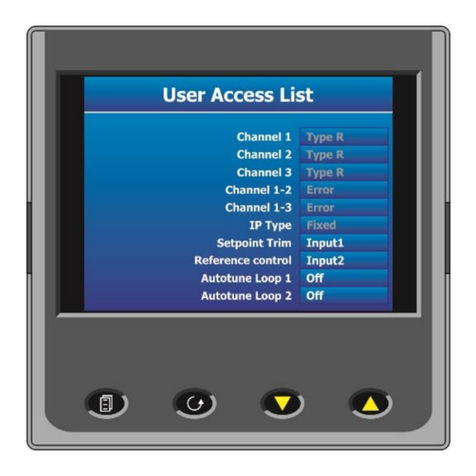Isotech SLM 52N User manual
Other Isotech Measuring Instrument manuals

Isotech
Isotech PLTC-782 Mounting instructions
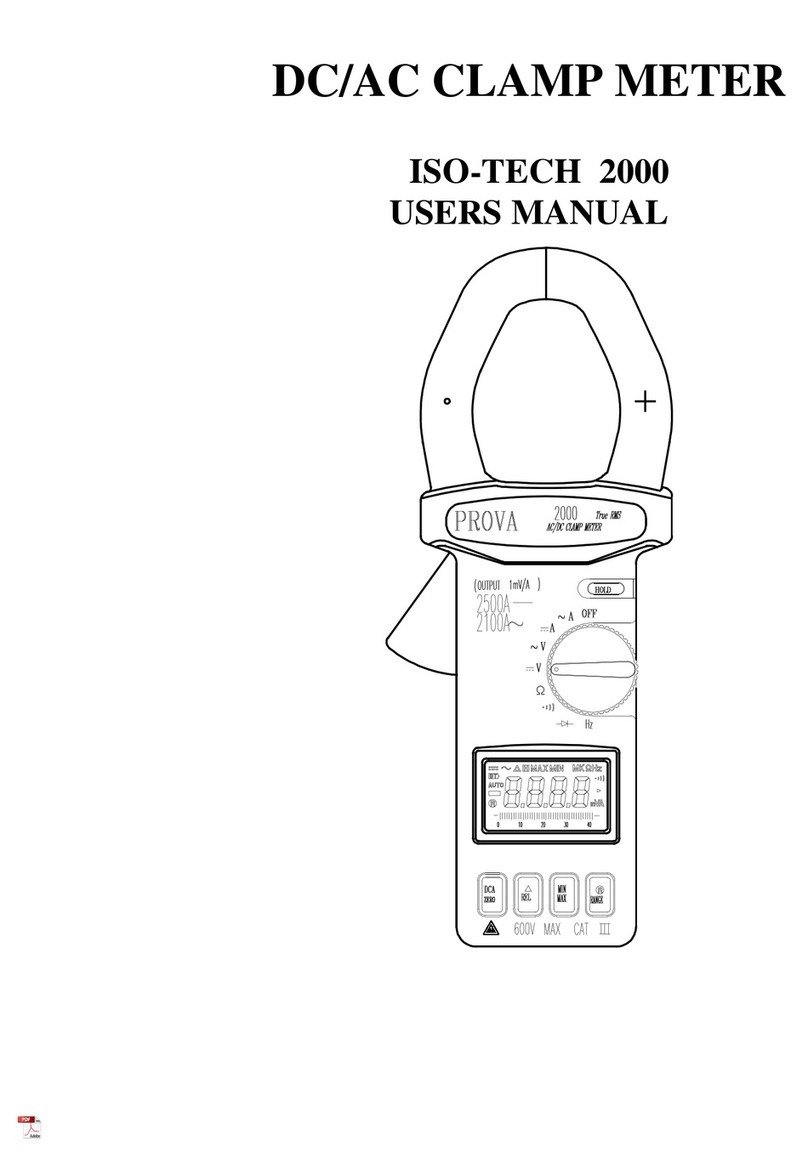
Isotech
Isotech 2000 User manual
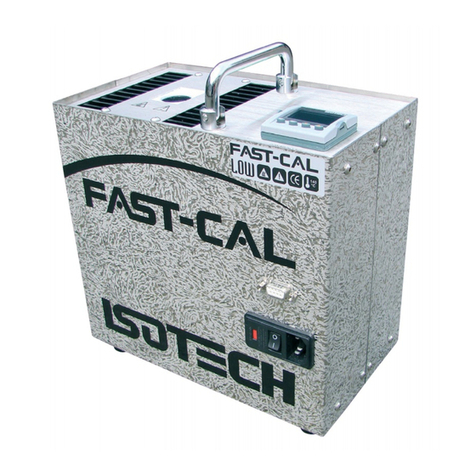
Isotech
Isotech Fast-Cal Series Operating instructions
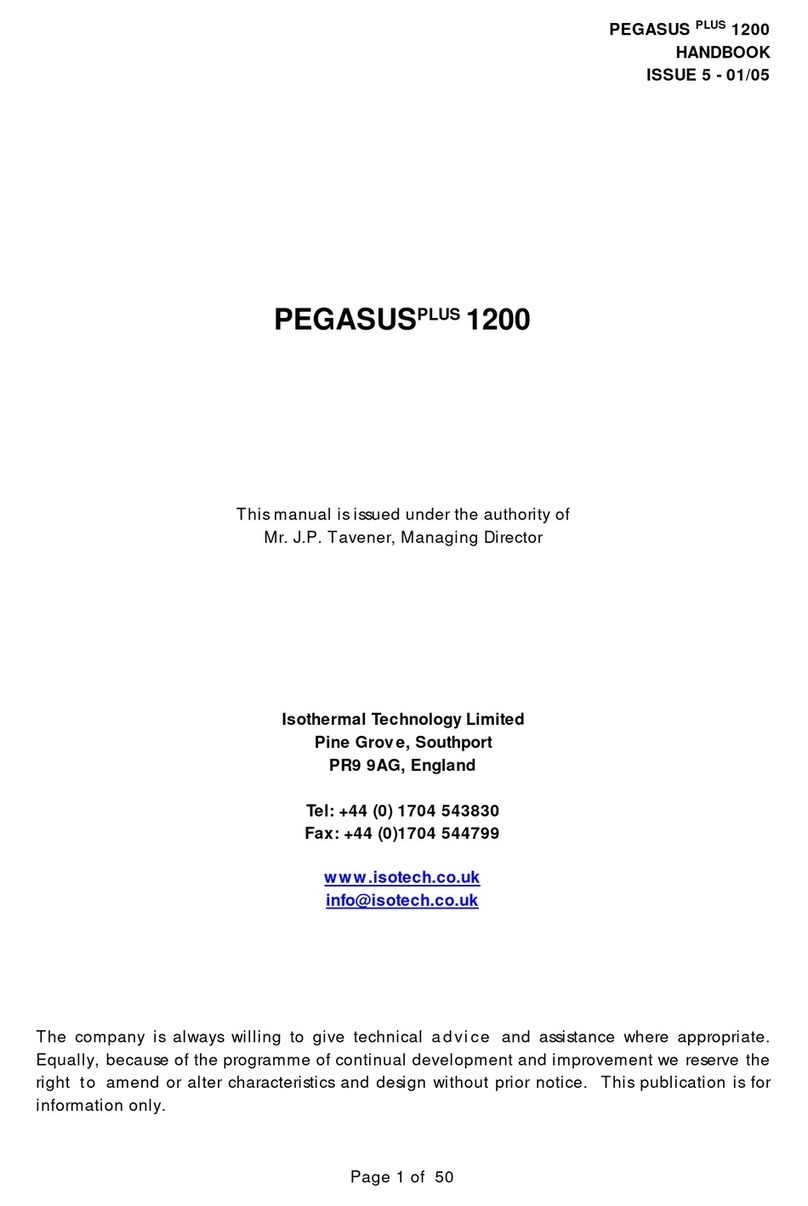
Isotech
Isotech PEGASUS PLUS 1200 Series User manual

Isotech
Isotech ILCM 06 User manual
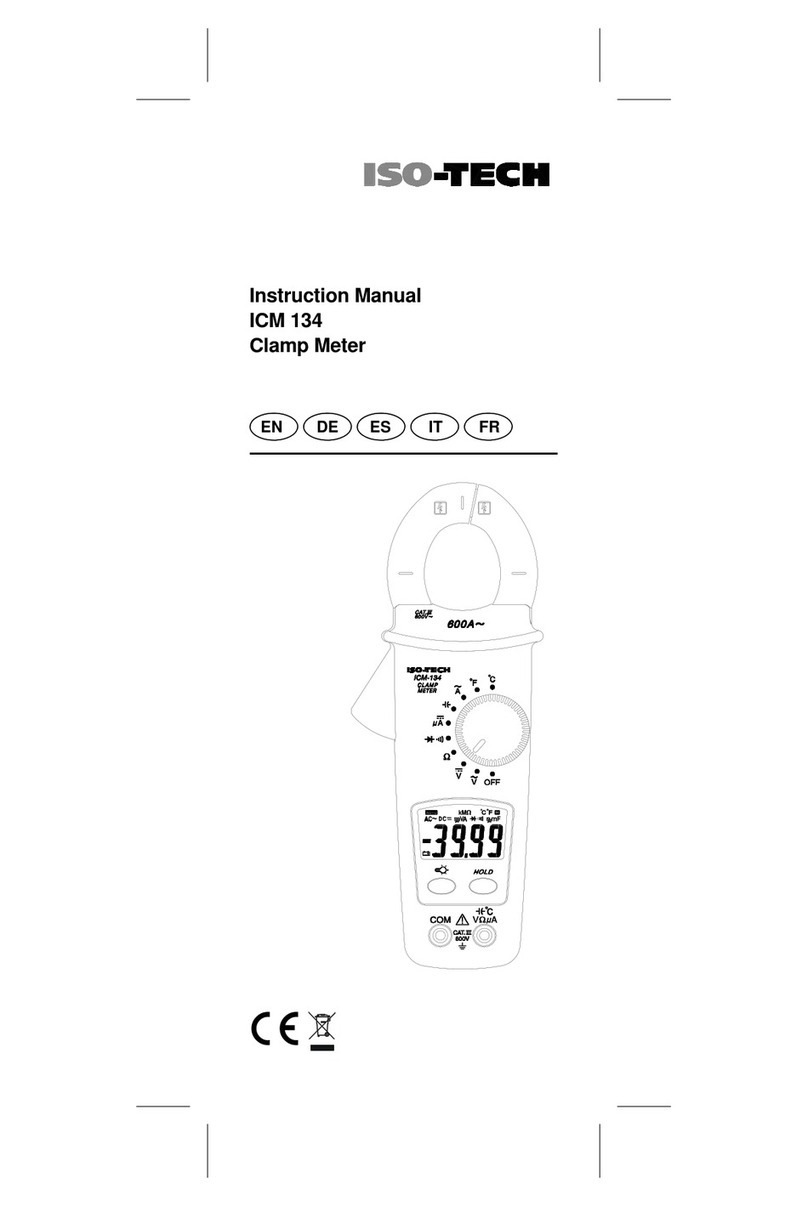
Isotech
Isotech ICM 134 User manual
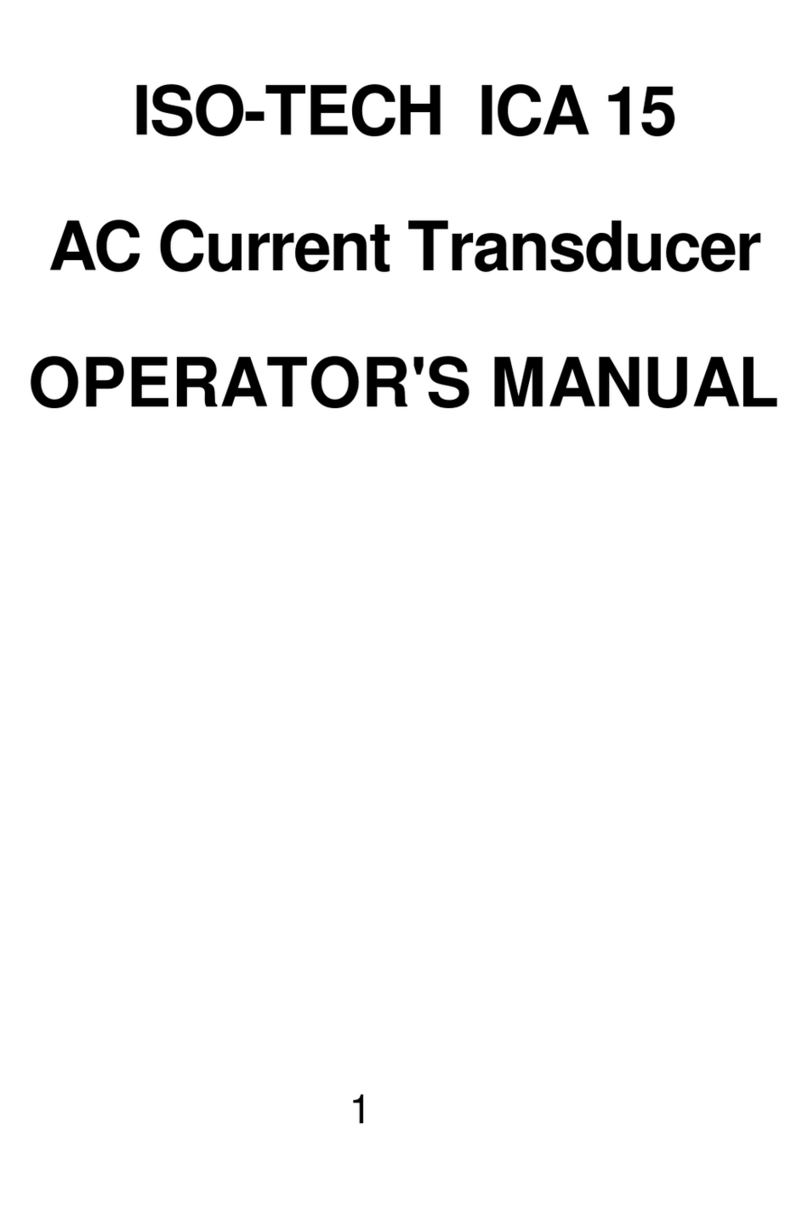
Isotech
Isotech ICA 15 User manual
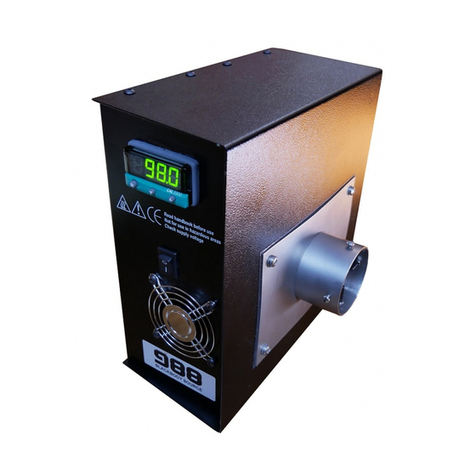
Isotech
Isotech 988 User manual
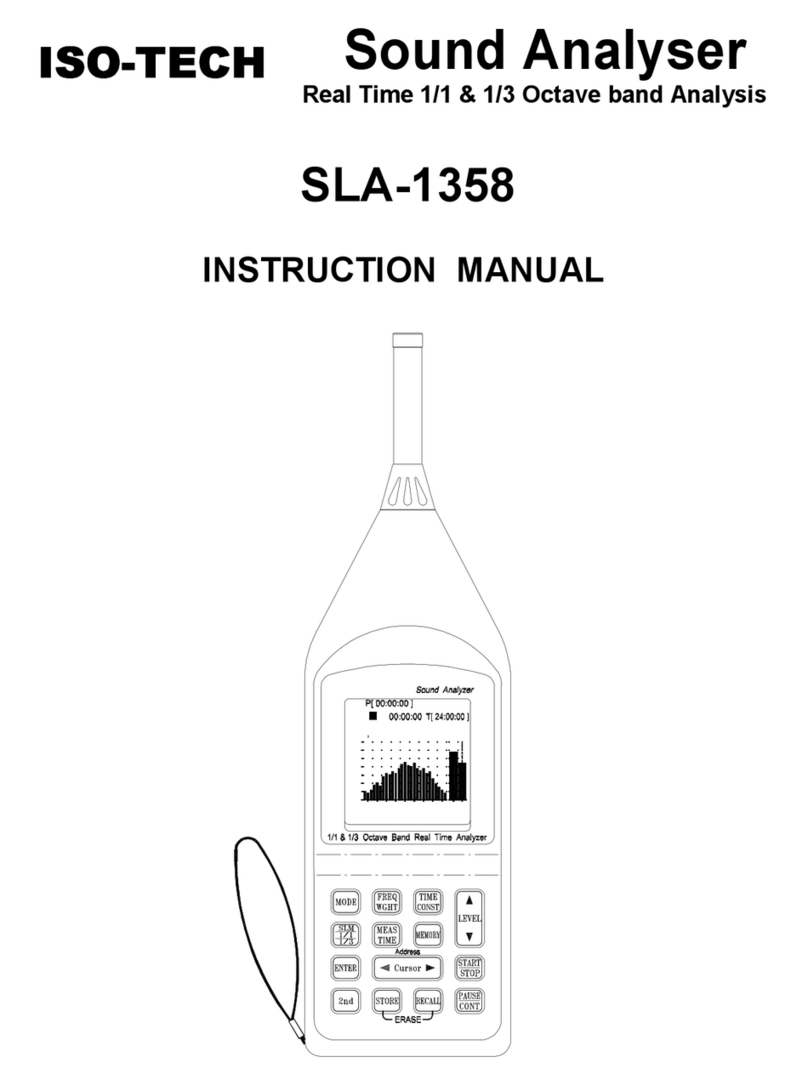
Isotech
Isotech SLA-1358 User manual
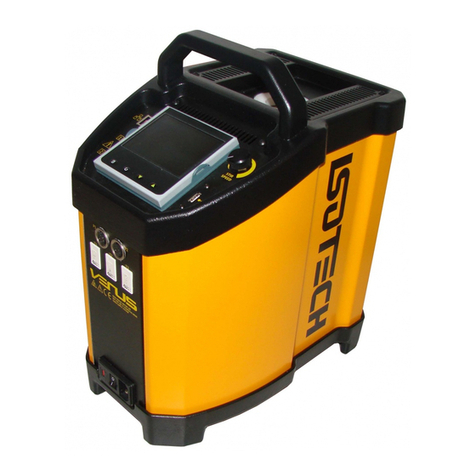
Isotech
Isotech VENUS 4951 BASIC User manual
Popular Measuring Instrument manuals by other brands

Powerfix Profi
Powerfix Profi 278296 Operation and safety notes

Test Equipment Depot
Test Equipment Depot GVT-427B user manual

Fieldpiece
Fieldpiece ACH Operator's manual

FLYSURFER
FLYSURFER VIRON3 user manual

GMW
GMW TG uni 1 operating manual

Downeaster
Downeaster Wind & Weather Medallion Series instruction manual

Hanna Instruments
Hanna Instruments HI96725C instruction manual

Nokeval
Nokeval KMR260 quick guide

HOKUYO AUTOMATIC
HOKUYO AUTOMATIC UBG-05LN instruction manual

Fluke
Fluke 96000 Series Operator's manual

Test Products International
Test Products International SP565 user manual

General Sleep
General Sleep Zmachine Insight+ DT-200 Service manual
